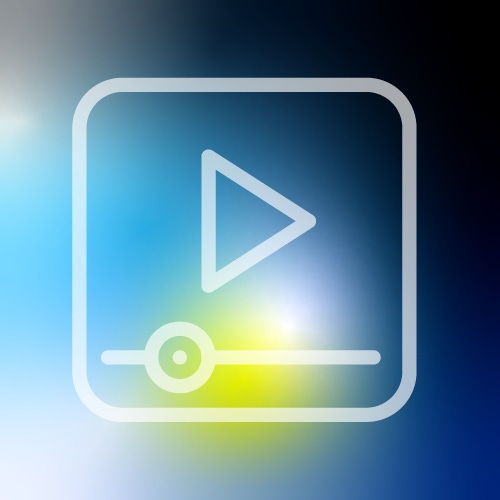Hisense unleashes its first wave of 'NextGen TV' models
The TV maker joins LG, Samsung and Sony in launching a family of TV models that can support ATSC 3.0, an IP-based broadcast signaling standard that can deliver 4K video, immersive audio and advanced ads.

The market for TVs supporting ATSC 3.0, the new IP-based signaling standard for US broadcast television, just got a bit more crowded.
Following plans announced in January, Hisense, a TV maker with tech ties to Roku, Google and Comcast, has released its initial lineup of TVs that support ATSC 3.0, a standard that's been branded as "NextGen TV." In addition to supporting the 4K and High Dynamic Range (HDR) formats, ATSC 3.0 can deliver immersive audio, enhanced alerting and advertising applications. The standard is also making progress in connected car applications.
Figure 1:  Hisense's UH8 models outfitted with ATSC 3.0 tuners offer screen sizes from 55 inches to 75 inches and start at $1,099.
Hisense's UH8 models outfitted with ATSC 3.0 tuners offer screen sizes from 55 inches to 75 inches and start at $1,099.
(Source: Hisense and Pearl TV. Used with permission)
Hisense's models outfitted with ATSC 3.0 tuners include the UH7 and U8H, both sold at Best Buy and Amazon. Its UH7 Series offers TVs ranging from 55 inches to 85 inches, with a starting price of $799.99. Hisense's high-end UH8 models offer screen sizes from 55 inches to 75 inches and start at $1,099. Both product lines are powered by Google TV.
Hisense said it plans to introduce a third series with ATSC 3.0 capabilities later this year.
Joining the ATSC 3.0 TV club
Hisense's entry adds another option for TVs that support the new standard. LG Electronics, Samsung and Sony have collectively launched more than 70 ATSC 3.0-equipped TV models at retail. The number of TV models supporting the NextGen TV standard is expected to rise to more than 100 later in 2022.
The Consumer Technology Association forecasts that 4.5 million NextGen TV units will be sold in 2022, up from the 3 million that were shipped in 2021.
Hisense released the new sets in partnership with Pearl TV, a coalition of US broadcasters that includes Cox Media Group, Graham Media Group, Gray Television, Hearst Television, Nexstar Media Group, Sinclair Broadcast Group, the E.W. Scripps Company and Tegna.
Pearl TV has emerged as a champion of ATSC 3.0/NextGen TV, which has been deployed to more than 50 markets, or roughly half of the US population.
Those deployments are occurring amid campaigns aimed at driving consumer awareness about the new standard. A study by Magid in partnership with Dolby Laboratories found that 40% of consumers were aware of NextGenTV in markets where it's available, up from 25% last year.
Meanwhile, the FCC is weighing in on ATSC 3.0 and recently asked industry stakeholders to provide an update on their voluntary transitions to the new standard. That inquiry ties into the possible sunsetting of rules that require a NextGen TV station's primary ATSC 1.0 video program stream to be "substantially similar" to the primary 3.0 programming stream.
The FCC estimates that, as of June 21, 2022, it had licensed 306 broadcast TV stations to provide ATSC 3.0 service.
Related posts:
— Jeff Baumgartner, Senior Editor, Light Reading
About the Author(s)
You May Also Like












